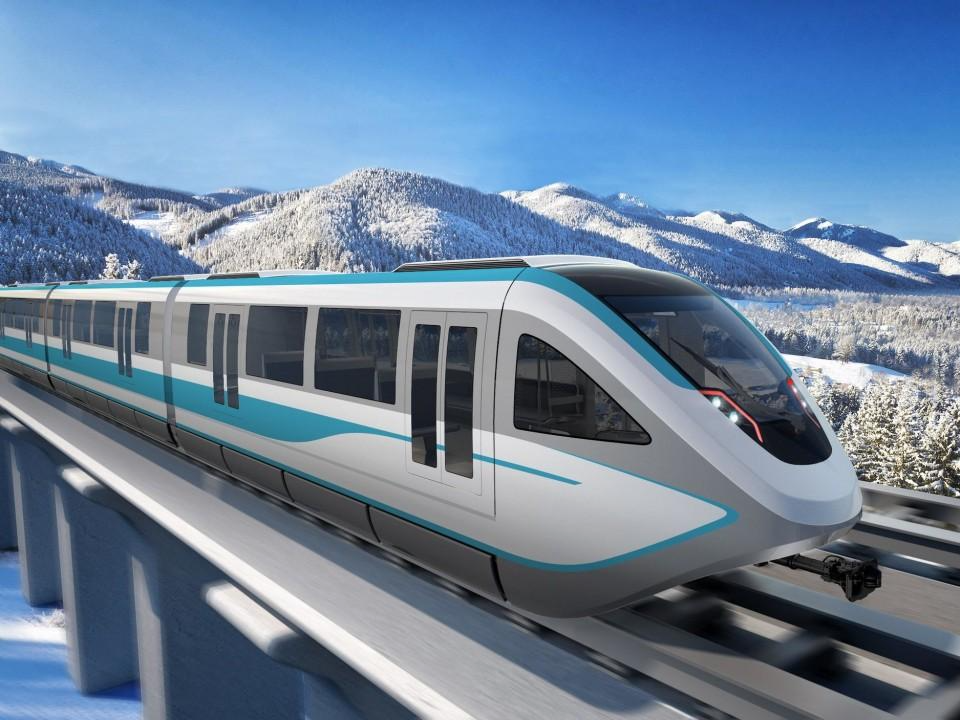
According to the Chinese state media, the country unveiled a super-fast 600 kph maglev train. The world’s first high-speed maglev transportation system running at a speed of 600 kilometers per hour made its public debut in Qingdao, East China’s Shandong Province. Here is everything about the world’s fastest ground vehicle.
What is a maglev train?

Maglev is short for magnetic levitation. The technology was first patented in the 1960s. It uses superconducting magnets to suspend the train car above the rails. The magnets repel and helping motion. The train has the capacity to travel from Los Angeles to New York in just under seven hours!
“A Maglev train car is just a box with magnets on the four corners,” says Jesse Powell, the son of the Maglev inventor. Powell works with his father on the trains. “With Maglev, there is no driver. The vehicles have to move where the network sends them. That’s basic physics. So now that we have computer algorithms for routing things very efficiently, we could change the scheduling of the entire network on the fly. It leads to a much more flexible transportation system in the future,” he added.
Maglev train: Technology
The maglev train, developed by China in the coastal town of Qingdao. The train uses electro-magnetic force and levitates above the track. hence, there is no contact between th rain and the body. China has used this technology for short distances in the past, especially between the Shanghai airport and the city. However, there are no inter-province or inter-city maglev lines in China. But, the cities of Chengdu and Shanghai have started their own research on the matter.
The train runs at a maximum speed of 600 kph. Additionally, at its top speed of 600 kph, the train needs 2.5 hours to cover over 62 miles between Beijing and Shanghai. Alternatively, the same distance takes three hours by plane and about 5.5 hours by high-speed rails. Maglev trains are also researched by several other countries including Germany and Japan. However, the incompatibility with the current train track infrastructures and the high cost associated with maglev trains is a major hurdle.
